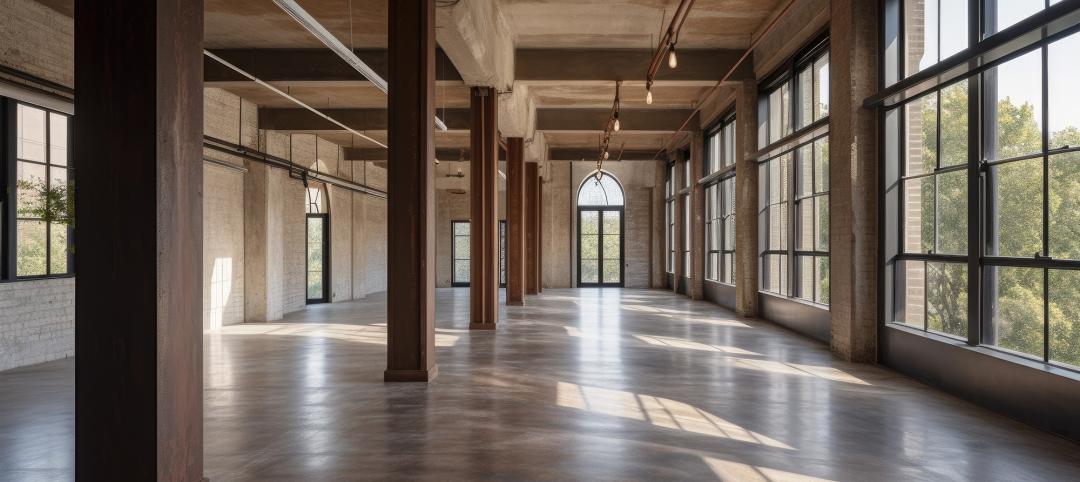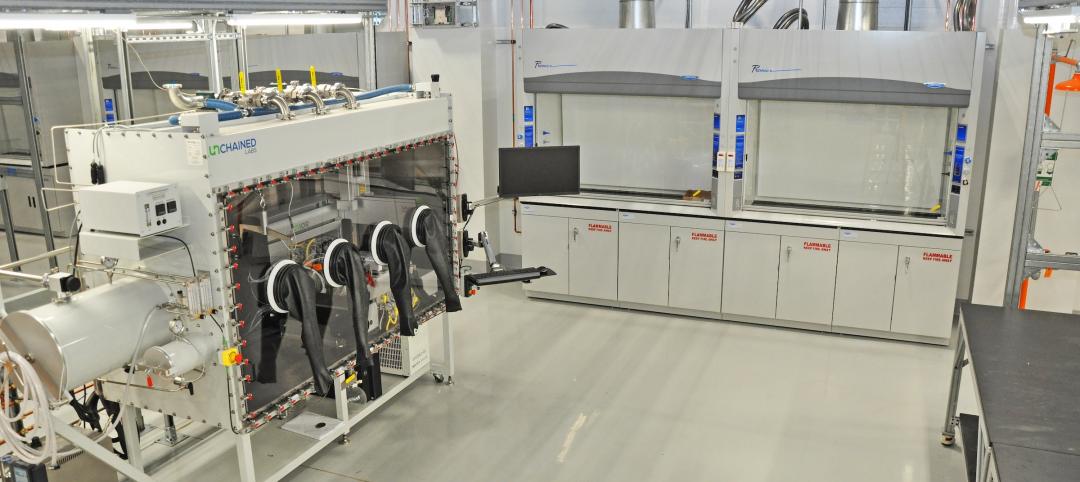In 2020, a record number of cruise ships were decommissioned, sold, or sent to a scrapyard. Due to the sudden freeze in the cruise industry, major cruise corporations reduced their fleet numbers. On top of that, the International Marine Organization changed its emission regulations and required all vessels to reduce their sulfur oxide emissions by 77 percent (IMO). This regulation mandated engines to undergo costly renovations of millions of dollars. With lower passenger capacities, this upgrade was not feasible for many ships.
The rapid increase in cruise ship decommissioning during the last 18 months has created a unique opportunity to innovate and adapt these large ships. By repurposing decommissioned cruise ships for housing in existing port areas, cruise ships could offer an alternative mode of coastal living. This housing alternative can be brought to life by utilizing the overwhelming number of decommissioned ships as a primary housing structure, using semi-permanent docking in existing port areas, and in turn, potentially creating affordable housing.
LOOKING INTO THE FUTURE
There are several ways we can explore docked residential cruise ships. As an example, ships can share ports or periodically move locations instead of having one designated port for the vessel. This idea builds on the increase of remote work that boomed in 2020 due to the COVID-19 pandemic and could attract residents who are not tied to a particular location. As many companies are transitioning to fully remote options for work, this way of living could be attractive to the digital nomad. Another possibility would be allowing residents to sign short-term leases at monthly intervals to reduce the commitment required for those traveling, migratory, or hesitant about a long-term contractual obligation.
While the idea of recycling and repurposing cruise ships may seem outlandish, these ships have the opportunity to bring more affordable housing to the masses while also keeping the ship itself alive. To test this idea, CallisonRTKL conducted an online survey of 362 adults in Miami-Dade County, (Qualtrics) to investigate perceptions from potential residents of this new living concept. The findings strongly supported the proof-of-concept, with respondents expressing (88 percent "yes" or "maybe") interest in living on a repurposed cruise ship. Those expressing the greatest interest are 41-50 years of age, earning at least $100,000 per year, who are single or single with children, and willing to pay $849 (mean) and $4,000 (max) per month.

A NEW ERA FOR DECOMMISSIONED CRUISE SHIPS
There are many considerations architects, designers, and city planners will need to take into account when creating these spaces. A permanently docked residential cruise ship requires infrastructure for fueling, waste management, power, sewer, and other provisions. Large vessel docking and crucial concrete piles necessary for docking add additional costs to the concept. A hurricane evacuation plan is also required for a residential ship and would need to be communicated to future residents before occupation. Potential hurricane damage must be accounted for when planning robust operational systems and investments.
Smaller cruise ships are more suitable for permanent docking as they require less space and dredging. Smaller ships function at a scale similar to a high-rise apartment complex, are less intrusive to the urban planning of a city, and are less likely to block views from land to sea. In terms of location, a docked residential cruise ship is most conveniently located in a body of water that is both deep and passive from wave activity, such as up-river. For example, the Hudson River, where ships are permanently moored, could serve as a great body of water for a docked residential cruise ship.
NEXT STEPS
The above statistics highlight that there is a market for transforming cruise ships into affordable housing. However, it is important to understand the cost implications behind cruise ship repurposing, including costs associated with building new pier infrastructures to be used for decommissioned cruise ships. Additionally, cost estimates must be made for city and federal planning approvals, engineering and design, and interior renovations. Beyond cost, site investigations need to take place to analyze the environmental impacts and reporting of these decommissioned cruise ships. While still in the early stages, it is an exciting idea for decommissioned cruise ships to transform into naturally occurring affordable housing, and the potential for these decommissioned ships is promising.
Related Stories
Adaptive Reuse | Mar 26, 2024
Adaptive Reuse Scorecard released to help developers assess project viability
Lamar Johnson Collaborative announced the debut of the firm’s Adaptive Reuse Scorecard, a proprietary methodology to quickly analyze the viability of converting buildings to other uses.
Adaptive Reuse | Mar 21, 2024
Massachusetts launches program to spur office-to-residential conversions statewide
Massachusetts Gov. Maura Healey recently launched a program to help cities across the state identify underused office buildings that are best suited for residential conversions.
Adaptive Reuse | Mar 15, 2024
San Francisco voters approve tax break for office-to-residential conversions
San Francisco voters recently approved a ballot measure to offer tax breaks to developers who convert commercial buildings to residential use. The tax break applies to conversions of up to 5 million sf of commercial space through 2030.
Sustainability | Mar 13, 2024
Trends to watch shaping the future of ESG
Gensler’s Climate Action & Sustainability Services Leaders Anthony Brower, Juliette Morgan, and Kirsten Ritchie discuss trends shaping the future of environmental, social, and governance (ESG).
Adaptive Reuse | Mar 7, 2024
3 key considerations when converting a warehouse to a laboratory
Does your warehouse facility fit the profile for a successful laboratory conversion that can demand higher rents and lower vacancy rates? Here are three important considerations to factor before proceeding.
Urban Planning | Feb 5, 2024
Lessons learned from 70 years of building cities
As Sasaki looks back on 70 years of practice, we’re also looking to the future of cities. While we can’t predict what will be, we do know the needs of cities are as diverse as their scale, climate, economy, governance, and culture.
Adaptive Reuse | Feb 4, 2024
Corporate modernist buildings increasingly popular fodder for adaptive reuse projects
Beginning in the 1970s adaptive reuse projects transformed 19th and early 20th Century buildings into distinctive retail destinations. Increasingly, developers of adaptive reuse projects are targeting outmoded corporate buildings of the 1950s to 1980s.
Luxury Residential | Jan 30, 2024
Lumen Fox Valley mall-to-apartments conversion completes interiors
Architecture and interior design firm Morgante Wilson Architects (MWA) today released photos of its completed interiors work at Lumen Fox Valley, a 304-unit luxury rental community and mall-to-apartments conversion.
Senior Living Design | Jan 24, 2024
Former Walgreens becomes affordable senior living community
Evergreen Real Estate Group has announced the completion of Bellwood Senior Apartments. The 80-unit senior living community at 542 25th Ave. in Bellwood, Ill., provides independent living options for low-income seniors.
Adaptive Reuse | Jan 23, 2024
Adaptive reuse report shows 55K impact of office-to-residential conversions
The latest RentCafe annual Adaptive Reuse report shows that there are 55,300 office-to-residential units in the pipeline as of 2024—four times as much compared to 2021.


















